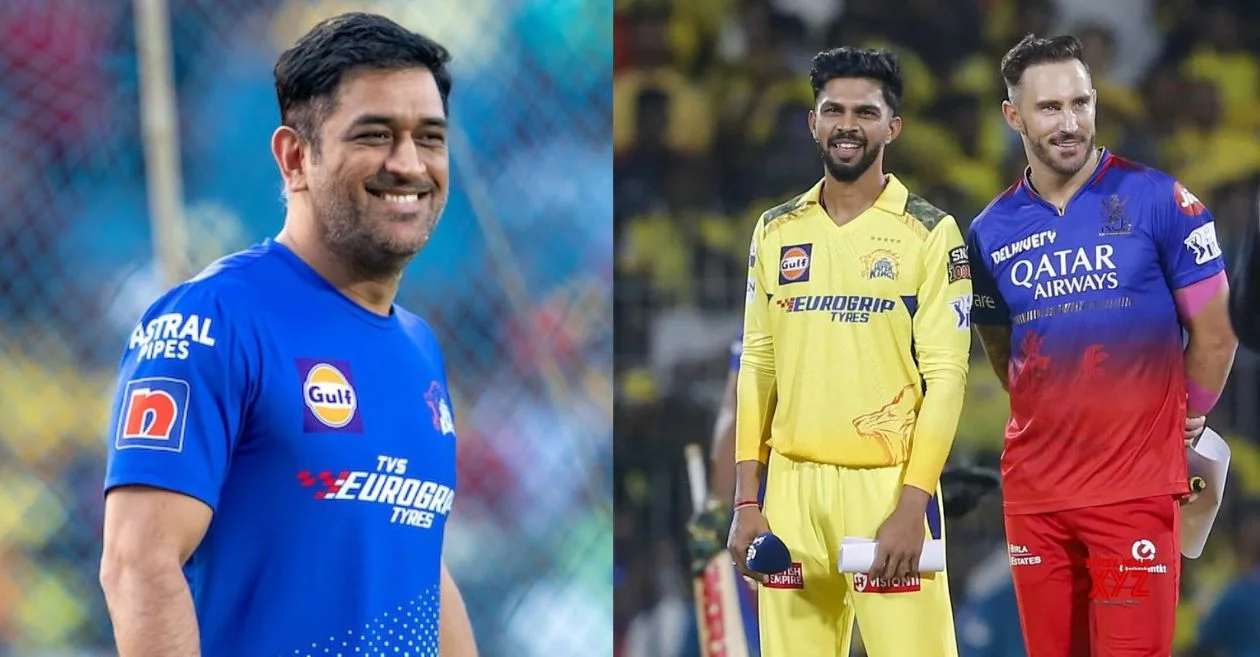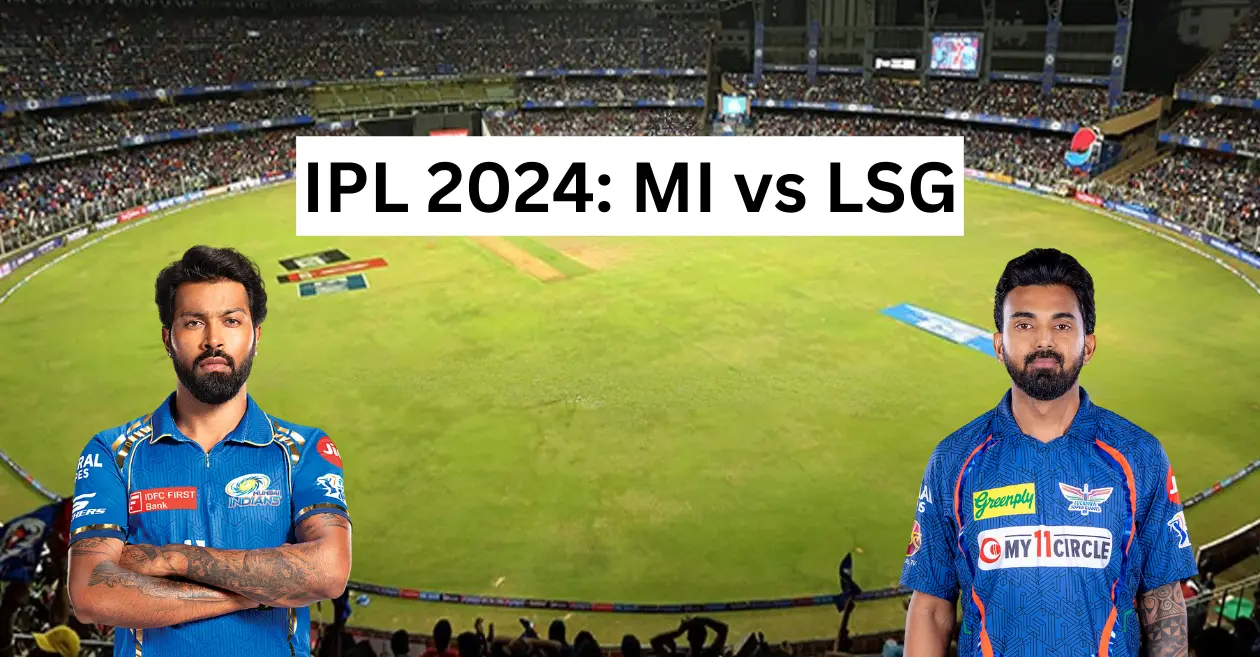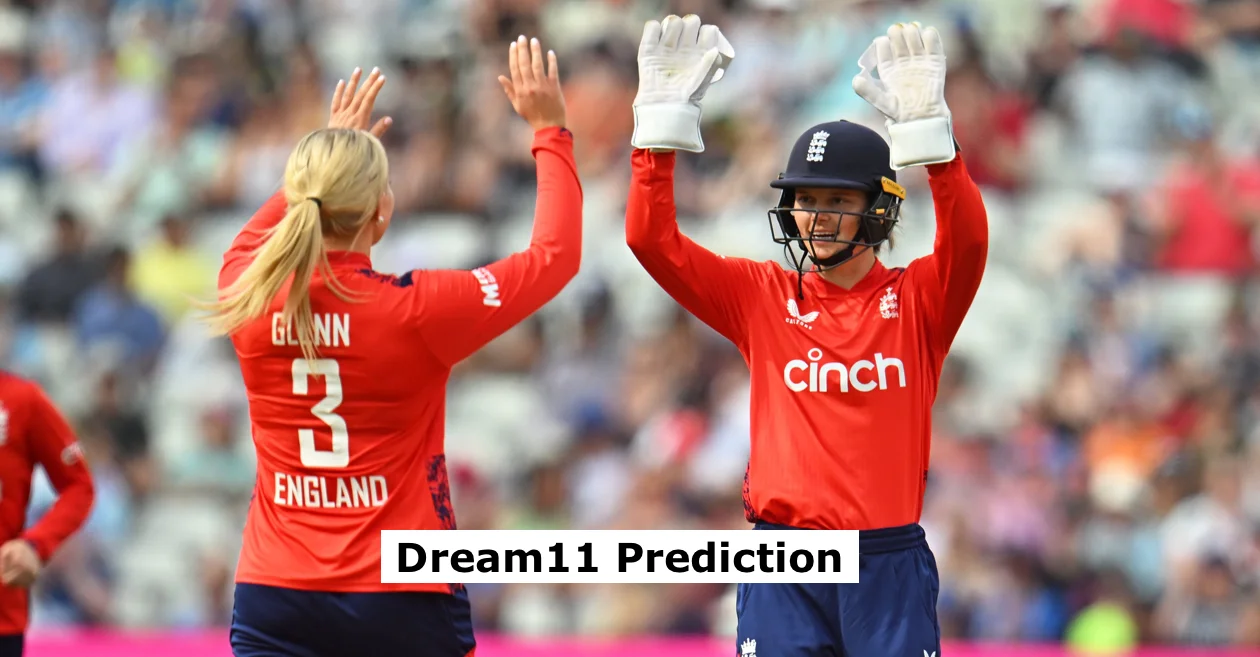
The Packers are impossible to defend because even the Packers don’t know who their actual best receiver is.
The 5th most targeted receiver on the Dallas Cowboys is KaVonte Turpin, who caught 12 of 18 targets for 127 yards and 3 scores during the 2023 regular season. He also gets a fair amount of end arounds/jet sweeps, adding 11 carries for 110 yards and a score. That’s not bad!
Turpin is mostly a gadget player and kick returner, who measured at almost 5-9, and an almost unbelievable 158 pounds at the combine. The second-year player was actually pretty effective in his small sample size contribution to the Cowboys receiving corps with all those touchdowns, but he’s 27 years old in just his second season in the NFL, and at his size, he’ll never be expected to contribute as a regular receiver. Many teams use the end of their roster for pure special teamer/gadget players like Turpin, where it is sometimes easier to generate special teams value than actual on-field value.
The Cowboys’ second tight end, after Jake Ferguson, is rookie Luke Schoonmaker, who caught 8 of his 15 targets on the season for a meager 8.1 yards per reception. Pro Football Focus doesn’t think much of his blocking either. When you play the Cowboys, you’re going to get a bunch of Ceedee Lamb, a generous side of Ferguson, and some Brandin Cooks, now in his age 30 season and clearly having lost a step from his Houston, and Los Angeles, and New England, and New Orleans days. And when you cover the Cowboys, you first cover Lamb. You dedicate resources to Lamb. And then you give help to the guys on Lamb. And then you think about Ferguson. And that’s kind of it.
On the other hand, the wide receiver with the 5th most targets for the Green Bay Packers is Bo Melton, a 7th round pick out of Rutgers, originally taken by Seattle in the 2022 draft. Melton found his way to the Packers practice squad and eventually worked his way to the active roster, supplanting the disappointing Samori Touré. Melton is an outstanding athlete and, while he’s a bit on the small side, he’s more of a typical slot receiver size than whatever Turpin is.
Melton is 5th in targets, but he’s only seen 5 total games as a part of the offense, including the playoff game against Dallas. While Melton only caught 16 balls on 24 targets in the regular season, extrapolated to a full 17 games he was on a pace to catch 68 balls on 102 targets, and more importantly, per DVOA, which measures how effective a player is on a per-play basis, Melton was 18.4% above average. That would project out to be the 3rd highest number among pass-catchers. If Melton had enough receptions to qualify, he would rank 13th overall, one spot behind CeeDee Lamb and his 18.9% DVOA.
Melton might be the Packers’ official “fifth” receiver, but the fact of the matter is that figuring out who the Packer alpha dog is among pass-catchers is impossible for both analysts and opposing defensive coordinators. Dallas devoted many of their resources to stopping Christian Watson, the speedy outside receiver just back from injury, who looks the most like a typical number one receiver with his incredible physical tools and high-draft pedigree. They were also careful not to get beaten by 2nd rounder Jayden Reed, who repeatedly burned the Bears for 112 yards the previous week.
And so, they were crushed by Romeo Doubs, the man who served as the Packers’ de facto number one receiver for the first half of the season while the offense sorted itself out. No longer exclusively up against the defense’s top cornerback, Doubs has now skyrocketed in efficiency as a member of the most egalitarian receiving group in the league. From Week 1 to Week 9, Doubs caught only 56% of his targets for just 10.4 yards per catch (5.8 yards per target). From Week 10 through the end of the regular season, Doubs caught a robust 70.3% of his targets for 12.7 yards per completion and almost 9 yards per target.
Dallas also neglected to cover starting (or is it second string, or is it co-starting) tight end Luke Musgrave completely on a 38-yard touchdown pass from Love. The Cowboys have been ridiculed for a screenshot showing no-one within 17 yards of Musgrave, and per Next Gen Stats, no receiver this year was more open on any pass. How do you lose the hulking Musgrave in coverage?
Perhaps the better question is how a defense figures out who the hell to cover on a play-to-play basis in the first place.
Dontayvion Wicks, who caught a touchdown on Sunday, is 3rd in the NFL in DVOA at 27.7% behind only Brandon Aiyuk and Nico Collins. Wicks has played in 15 games and started 6. His ability to create separation off the line has drawn comparisons to Davante Adams, and his 14.9 yards per completion is second on the team only to Watson’s 15.1.
Reed’s 9.7% DVOA seems pedestrian compared to some of his mates, but it’s good enough for 29th in the league, essentially tied with Minnesota’s Jordan Addison. Watson has had a down year due to repeated lower body injuries, but teams remember what he did last year, and on those occasions when he’s been healthy, he’s shown that they should be. Even a hobbled Watson has still been 3.8% better than average this season.
We haven’t even gotten to the tight ends yet, where Luke Musgrave struggled early before finally becoming the seam-stretcher he always was before suffering a lacerated kidney. Against Dallas, he showed exactly why you can’t leave him alone. While he was gone, Tucker Kraft managed to turn himself into one of the league’s better tight ends while also climbing to 3rd overall in DVOA behind only George Kittle and Isaiah Likely.
Generally, offenses are faced with tradeoffs depending on whether they want to go heavy, or spread out in 5-wide, or something in between. Most teams will sacrifice some level of blocking or pass-catching acumen. What makes Green Bay so very difficult to defend is that no matter what, the last skill position guy they put on the field will be nearly as good as the first. He will also be much, much better than your last defensive back or cover linebacker. And unlike recent Aaron Rodgers-led versions of the Packer offense, the quarterback plays no favorites and is extremely adept at simply getting the ball to the open player or the player with the biggest mismatch. It’s brilliant to watch in action, and the primary reason why the very good Dallas and Chicago defenses were helpless.
And while you’re thinking about all of that, good luck with Aaron Jones.


















You must be logged in to post a comment Login